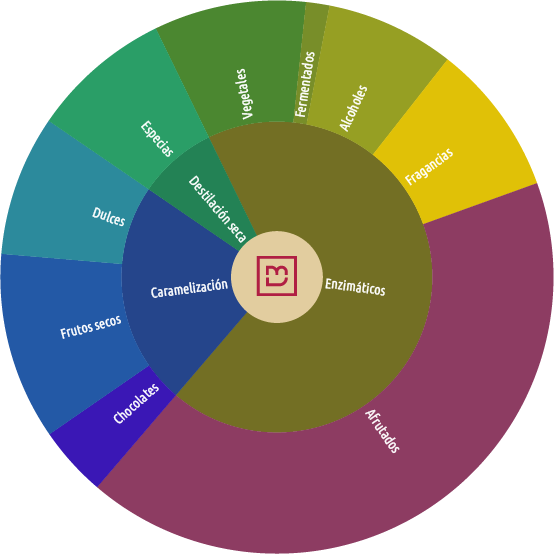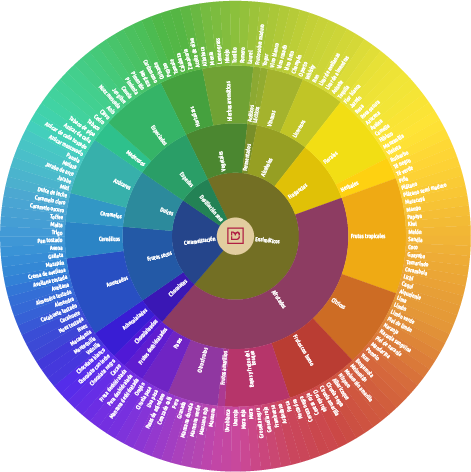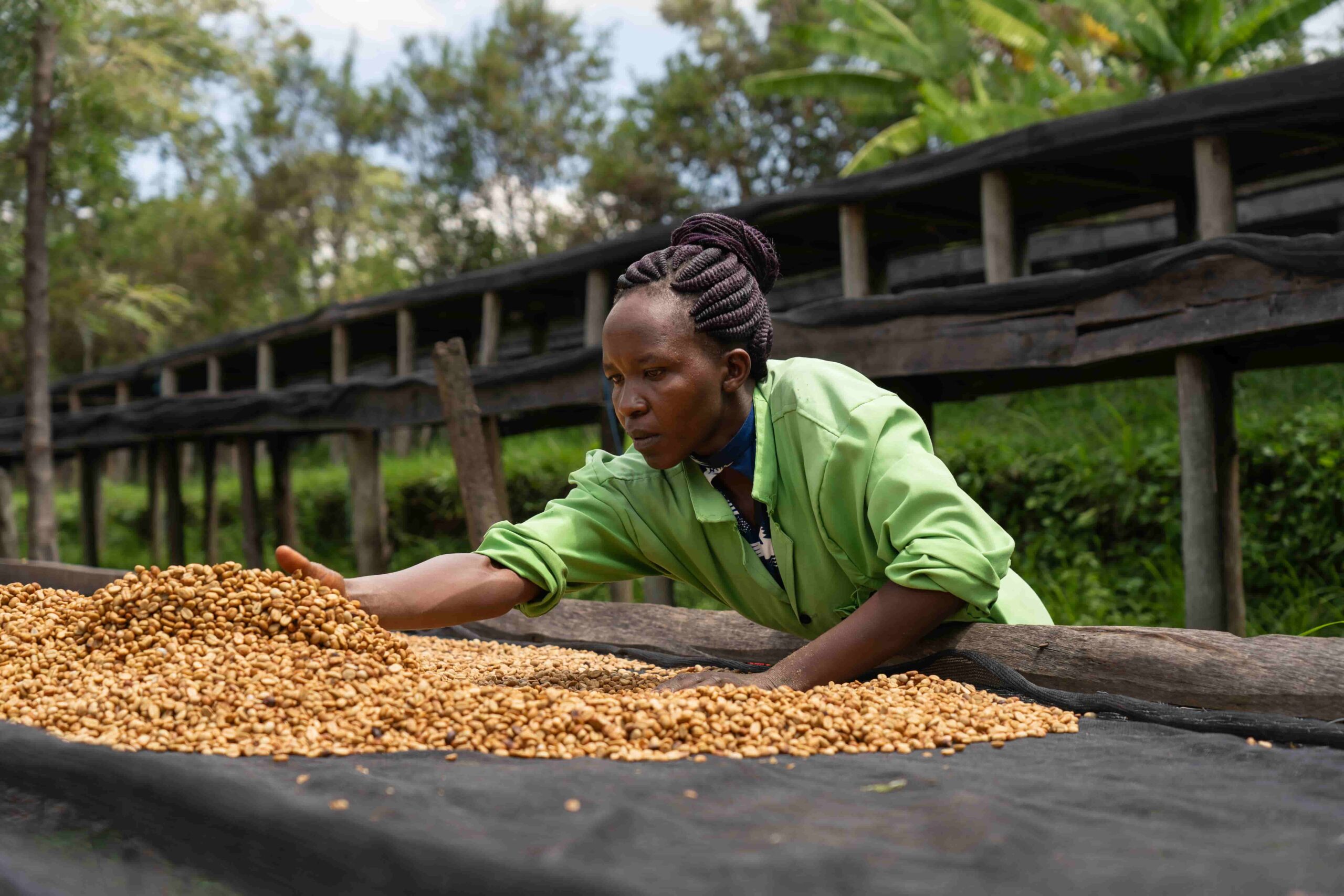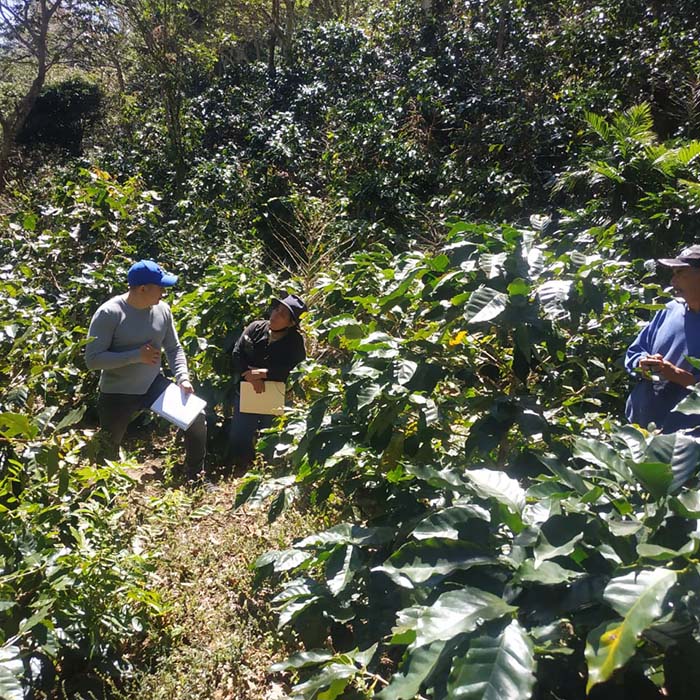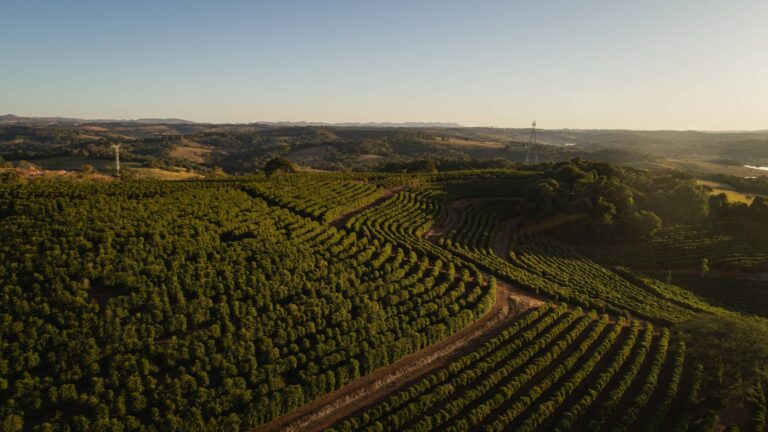Green coffee descriptors wheel
Exploring flavors and aromas in sensory evaluation
Sensory evaluation tool
The descriptor wheel is a fundamental tool for the person who is going to evaluate a coffee through sensory evaluation or cupping, whether professional or for those people who are just starting out in the world of coffee. It is during this practice that the cupper, by means of tasting and smell, determines and values each of the characteristics that define a coffee.
The cupper is capable of identifying unique characteristics and descriptors in coffee, but sometimes these olfactory sensations are complex and difficult to catalog, therefore the objective of the descriptor wheel is to serve as an aid, a complement and a tool that supports the sensory memory in the description of a coffee.
Explore the sensory nuances and enrich your coffee experience.
What is the reading process?
For a correct reading of the descriptor wheel, it must be read from the center to the outside. Starting with the three basic groups of olfactory and taste sensations: enzymatic, caramelization and dry distillation, the 145 most common descriptors usually found in coffee have been compiled:
Enzymatic: those compounds that are mainly the result of enzymatic reactions that the grain has undergone while it was still a living organism, such as herbal, floral or fruity aromas. In this group we can highlight the most perfumed aromas.
Caramelization: they are the result of the caramelization of sugars that occurs during the roasting process, here we find chocolates, caramels and sugars.
Dry distillation: They result from higher roasting processes, although they are also characteristic of certain origins.
If one moves from the first circle, corresponding to the center of the wheel, to the back circle through each of the 3 more general groups, the precision of the sensations is increased, differentiating up to 9 subgroups.
The enzymatic group is divided into fruity, fragrances, alcohols, fermented and vegetable; the dry distillation group is divided into spices, and the caramelization group is subdivided into sweets, nuts and chocolates.
Fruits coffee descriptors
We recognize fruity descriptors as a sweet and aromatic blend of a variety of fruits at different ripening points.
Aromatic, acidic and sweet exotic character that can range from kiwi or pineapple to mango, papaya or even melon.
Aromatically citrusy, tart, slightly sweet and slightly floral aroma that may include lemons, limes, grapefruit or oranges.
Sweet aromatic of ripe to semi-ripe fruits with slightly citrusy perceptions such as peach or yellow peach in its semi-ripe version, red plum, yellow plum.
We recognize it by itself. sweet, sour, floral aromatic, associated with a variety of berries such as blackberries, raspberries, blueberries or strawberries.
A sweet and citrusy aromatic, with a perception of semi-ripe fruit, mainly from the stone.
A sweet, light, fruity, sour or green aromatic that may include apples, grapes, peaches, pears or cherries.
An aromatic impression of dark fruit that is sweet and slightly brown and is associated with dried plums or cranberries raisins and grapes among others.
A perception of slightly overripe sweetness, of fruits in general showing their sweetest point but lacking the characteristic noticeable acidity of the fruits.
Chocolates coffee descriptors
We recognize fruity descriptors as a sweet and aromatic blend of a variety of fruits at different ripening points.
Aromatic sweet, often bitter associated with the taste of chocolate beans, cocoa powder and pure chocolate bars.
Sweet perception, sweetened, derived from products made with cocoa or cocoa butter.
Dry fruits coffee descriptors
We recognize the descriptors dried fruits with a slightly sweet aroma, with an oily touch.
Slightly sweet perception, with a slight dryness characteristic of common nuts, which can be included with the perception of roasted nuts.
Characteristic for a slight dryness of cereals, sweet even oily sensation also in roasts that can include characteristics of wheat, malts, even toasted bread.
Sweets coffee descriptors
We recognize the sweet descriptors as a rich, full, round and sweet aromatic impression associated with cooked sugars and carbohydrates.
They are characterized by a very sweet sensation derived from the caramelization of natural sugars.
We recognize sugars with a sweet sensation usually from natural sugars or from natural products with a high concentration of sugars such as honey.
Species coffee descriptors
We recognize spice descriptors as being very aromatic, sweet, even spicy, such as cinnamon, cloves, nutmeg or pepper.
Slightly sweet, spicy, fruity and spicy notes associated with cured tobacco.
We recognize the vegetable descriptors with slightly herbal, sweet sensations and a perception of freshness.
Vegetable like coffee descriptors
We recognize the vegetable descriptors with slightly herbal, sweet sensations and a perception of freshness.
Slightly sweet perception, with acidic notes of vegetables such as tomato or corn.
Aromatically it is perceived with intensity, sweet and spicy like thyme, rosemary, laurel.
Fermentation coffee descriptors
We recognize fermented descriptors as having a spicy aroma, being sweet and occasionally slightly bitter, sometimes yeast-like, it is a taste similar to the alcohol in fermented beverages or fruit with excess fermentation including lactic derivatives.
The characteristic derives from the perception of this acidity resulting from the alcohol mainly from fruit fermentations or the same fruits with overripeness but with a point of brightness.
Characteristic of fermentations where lactic acids are perceived as yogurt or cheese.
Alcohols coffee descriptors
We recognize the alcohol descriptors with the sweet, overripe fruit, spicy, woody perception of characteristic drinks of fermentations or distillates.
Aromatically acidic, somewhat spicy, with a ripe fruit and alcoholic sensation but with brightness.
Aromatically alcoholic, with a woody or distilled sensation such as rum, whiskey, fruit liqueur.
Fragrances coffee descriptors
We recognize fragrance descriptors as leaving a perfume sensation that is mainly derived from plants.
A sweet and slightly fragrant aroma associated with fresh flowers.
Sharp, slightly pungent aromatic associated with green plants or vegetable matter such as tea.
